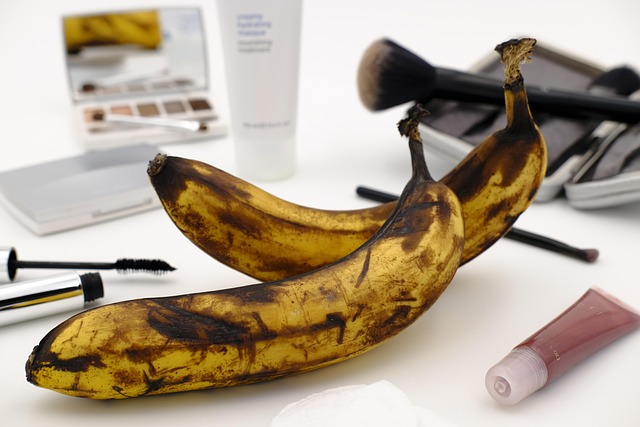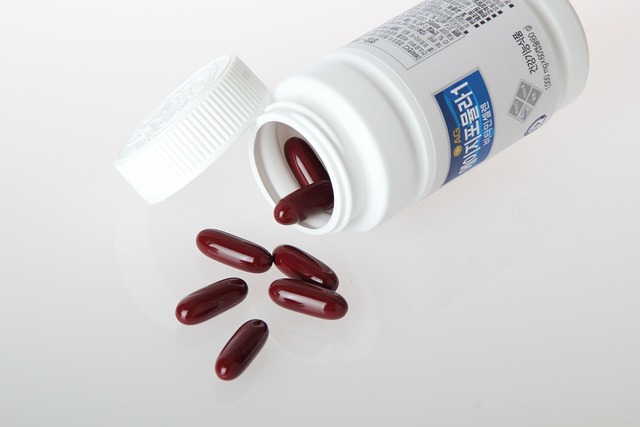Dermal fillers are popular Anti-Aging Treatments using hyaluronic acid or natural substances to reduce wrinkles, improve skin texture, and enhance facial contours. Lasting 6-18 months, they offer quick, non-invasive results with minimal recovery time. Different filler types target specific concerns like hydration, collagen stimulation, or volume restoration. Procedures take 15-30 minutes, with minimal discomfort, and regular touch-ups extend results. Proper post-procedure care and consistent upkeep ensure sustained anti-aging benefits for a youthful appearance.
“Uncover the power of dermal fillers as revolutionary anti-aging treatments. This comprehensive guide explores how these innovative procedures can transform your skin, erasing fine lines and restoring a youthful glow. From understanding the basics to uncovering various filler types, we demystify this popular anti-aging solution. Learn about safety, effectiveness, and tailored choices for specific concerns. Discover what to expect before and after, as well as long-term results maintenance tips. Embrace a rejuvenated you with dermal fillers.”
Understanding Dermal Fillers: The Basics

Dermal fillers are a popular choice among those seeking effective anti-aging treatments. These cosmetic procedures involve the injection of a substance into the skin to enhance its appearance and reduce the signs of aging. The most common filler types are derived from hyaluronic acid, a natural moisture-binding component found in our bodies.
By adding volume and plumping up specific areas, dermal fillers can minimize the look of fine lines and wrinkles, provide a more youthful contour to the face, and improve overall skin texture. They offer a temporary yet significant enhancement, usually lasting between 6 to 18 months, making them a convenient and efficient solution for anti-aging enthusiasts.
How Dermal Fillers Combat Aging Skin

Dermal fillers are a popular choice among those seeking effective anti-aging treatments. These injectables work by restoring volume to the skin, which can help combat the signs of aging such as wrinkles and fine lines. As we age, our skin loses collagen and elastin, leading to a loss of volume and a saggy appearance. Dermal fillers provide a temporary yet significant boost of hydration, plumping up the skin and giving it a more youthful contour.
The process involves injecting a substance into the skin, typically composed of hyaluronic acid or other natural substances. This stimulates collagen production and improves skin elasticity. Not only do dermal fillers fill in deep wrinkles, but they also enhance facial contours, adding definition to the cheeks, jawline, and nose. They offer a non-invasive alternative to surgical procedures, providing quick results with minimal downtime, making them an increasingly popular choice for anti-aging enthusiasts.
Different Types of Dermal Fillers for Anti-Aging

When it comes to anti-aging treatments, dermal fillers have emerged as a popular choice for many. These injectable substances are designed to smooth out wrinkles and enhance facial contours by adding volume to specific areas. The market offers a wide array of options, each with unique properties catering to different needs.
There are several types of dermal fillers commonly used in anti-aging procedures. One widely recognized type is hyaluronic acid, known for its hydrating qualities and ability to improve skin elasticity. It is a natural substance found in the body, making it generally well-tolerated by most individuals. Another popular option is collagen, which provides structural support to the skin, reducing the appearance of deep wrinkles. Some fillers even combine these substances to offer comprehensive anti-aging benefits, addressing both volume loss and skin texture concerns simultaneously.
The Safety and Effectiveness of Dermal Filler Treatments

Dermal filler treatments have established themselves as a popular choice among those seeking effective anti-aging solutions. These non-invasive procedures involve the injection of a substance into the skin to enhance its appearance by adding volume and reducing the signs of aging, such as wrinkles and hollows. The safety and effectiveness of dermal fillers are well-documented, making them a preferred option for many.
The substances used in dermal filler treatments, typically hyaluronic acid or collagen, are naturally occurring compounds in our bodies. They are carefully formulated to integrate seamlessly with the skin, providing immediate results that can last for several months. Numerous clinical studies have validated their safety, and when administered by qualified professionals, these treatments offer minimal downtime and low risk of adverse reactions. This makes dermal fillers a reliable and efficient way to achieve youthful-looking skin without the need for extensive surgery.
Choosing the Right Dermal Filler for Your Concerns

When considering dermal fillers for anti-aging treatments, it’s crucial to understand that different fillers serve various purposes. The key is to identify your specific concerns – whether it’s reducing fine lines and wrinkles, restoring volume loss, or enhancing facial contours. Each type of dermal filler, such as hyaluronic acid, collagen, or calcium hydroxylapatite, has unique properties and targets different areas of the face.
For example, hyaluronic acid fillers are popular for their ability to hydrate and plump the skin, making them ideal for minimizing fine lines and adding moisture back into aging skin. Collagen stimulators, on the other hand, encourage your body to produce more natural collagen, which can be beneficial for overall skin firmness and elasticity. Understanding these nuances will help you choose the right filler that aligns with your anti-aging goals.
What to Expect During and After a Dermal Filler Procedure

During a dermal filler procedure, patients can expect a relatively quick and comfortable experience. The process typically involves consulting with a dermatologist or aesthetic specialist who will assess your skin and determine the best type and amount of filler for your needs. The actual injection process is usually fast, taking just 15-30 minutes, depending on the area being treated. You may feel a slight stinging sensation but generally, modern fillers are designed to minimize discomfort. After the procedure, it’s common to experience some mild swelling, redness, or bruising at the injection sites, which usually subside within a few days.
In terms of anti-aging benefits, dermal fillers work by instantly plumping and filling in deep wrinkles and folds, providing immediate results that can last for several months. They smooth out facial contours, enhance facial features, and create a more youthful appearance. It’s important to remember that while fillers offer a temporary solution, they do not address the underlying causes of aging skin. As such, it’s crucial to maintain a consistent skincare routine and healthy lifestyle habits to maximize the results and prolong the effects of your dermal filler treatment.
Long-Term Results and Maintenance of Dermal Filler Effects

When considering dermal fillers as part of your anti-aging treatments, it’s important to understand that results can vary and maintenance is key. While dermal fillers can offer significant improvements in skin texture, fine lines, and wrinkles in the short term, achieving long-term results requires ongoing care. The effects of fillers typically last between 6 to 18 months, depending on the type of filler used and individual factors like metabolism and lifestyle. Regular touch-up sessions are often necessary to maintain the desired aesthetic.
Maintenance involves periodic evaluations with a dermatologist or trained professional to assess skin quality, identify any adverse reactions, and determine the optimal time for the next injection. Following recommended post-procedure care, such as avoiding strenuous activities and certain medications, can also extend the lifespan of the results. Regular upkeep ensures that the anti-aging benefits are sustained, providing a youthful appearance for an extended period.
